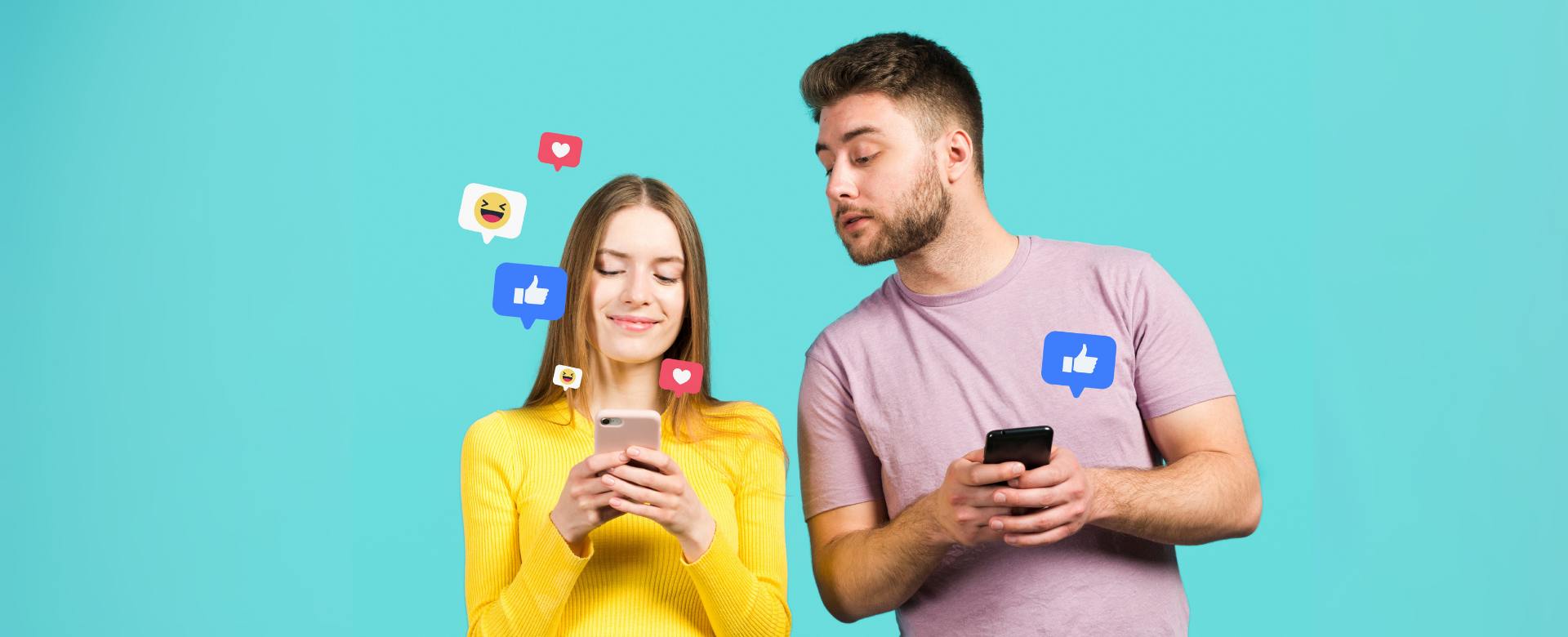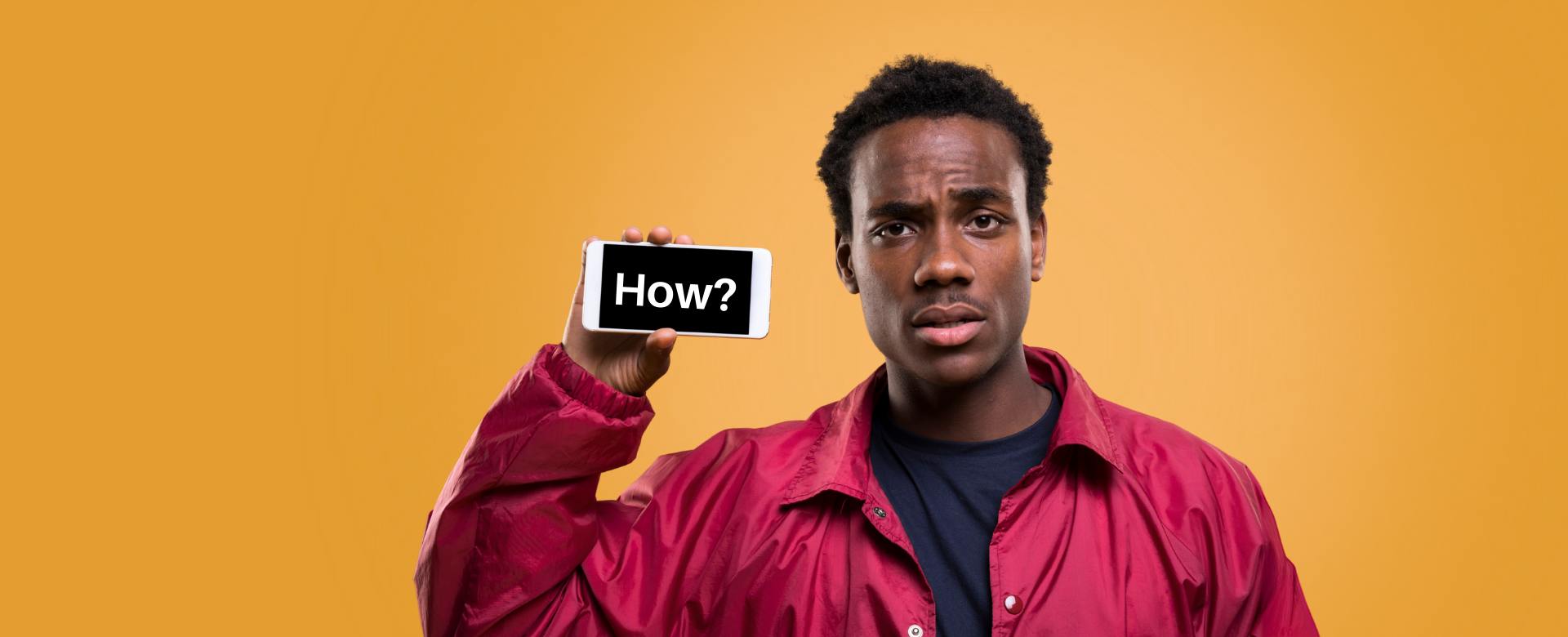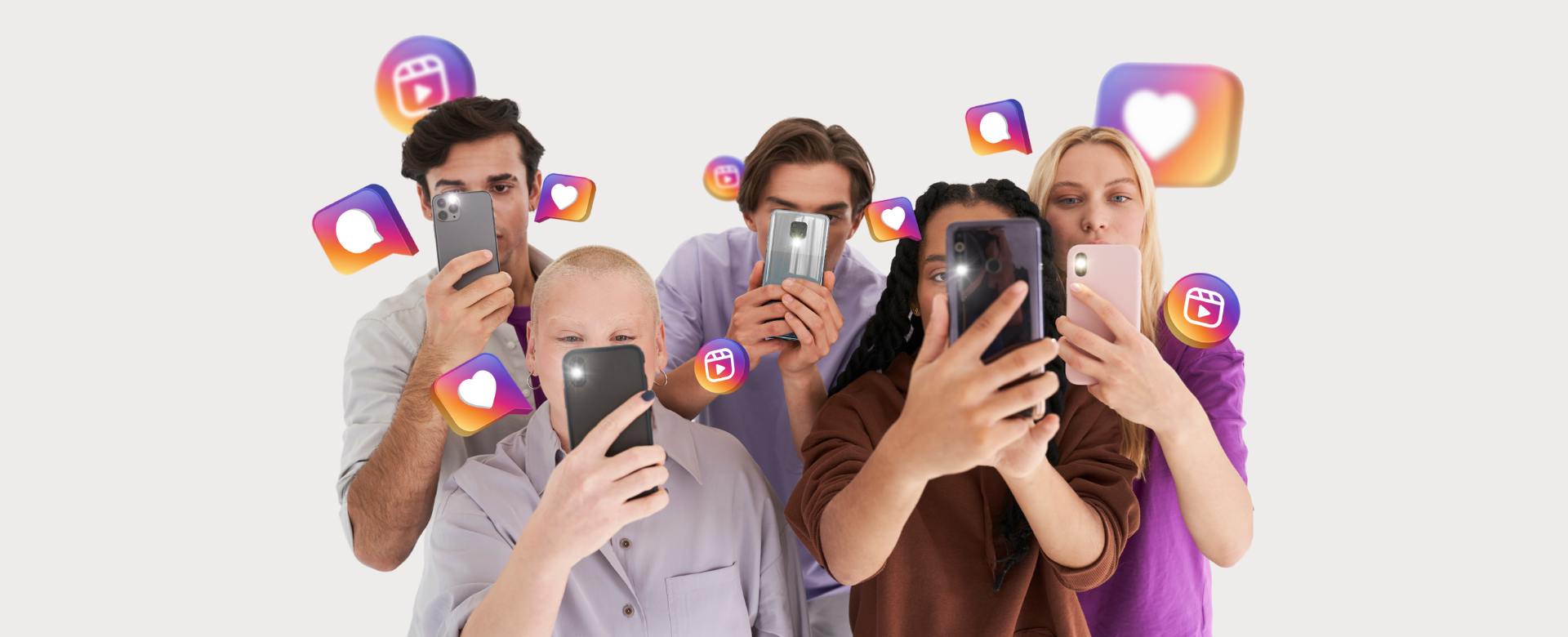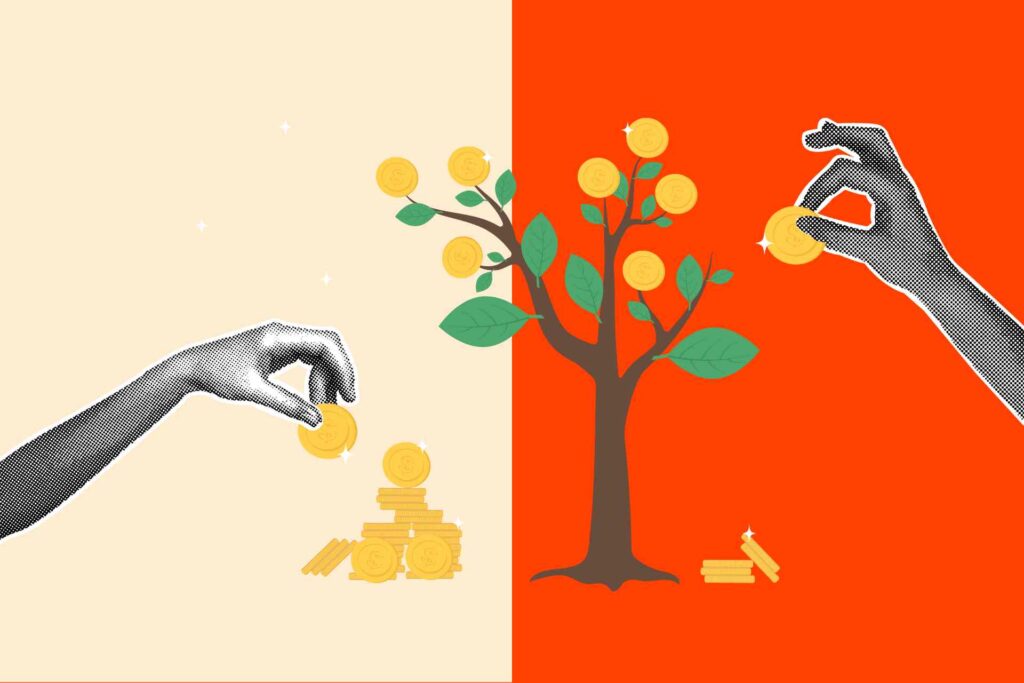Let’s talk about some facts straight, if you’re throwing money into paid media without building your brand, you’re basically picking fruit from a tree you never bothered to water. Yeah, you might get some results for now, but that tree’s not gonna last.
Paid search, display, social ads… they’re all key. But without brand advertising in the mix? You’re fishing without a pond. No foundation, no flow.
Paid Media Is Getting Pricey And Tricky
Look, global paid media spend is booming. Paid search is projected to hit between $240 and $260 billion globally by 2025, depending on the source. Social ads? They’re looking at around $298 billion, about 26% of total global ad spend, according to WARC. Sounds impressive, right?
But here’s the catch, costs are climbing fast. Clicks aren’t as cheap, attribution’s gotten messier thanks to GA4, and AI-powered platforms are changing how people behave online. It’s like trying to play darts while the board keeps moving.

Here’s what marketers are really dealing with:
- CPCs and CPMs
- Users bouncing between devices like pinballs
- Programmatic fraud bleeding budgets, some say ad fraud could hit $172 billion by 2028
So if your digital marketing agency is just dumping budget into bottom-funnel stuff and crossing fingers? You’re in for a rude awakening. That ROI isn’t what it used to be.
Brand Advertising Isn’t Just “Nice to Have”
Let’s clear something up: brand advertising isn’t fluff. It’s something that is essential.
Think broad-reach formats, videos, podcasts, CTV, sponsored content. These don’t always get immediate clicks, so they’re often undervalued. But the truth is, they feed your entire paid media machine.
When people know your brand, they’re more likely to consider you when they’re ready to buy. That’s what the pros call the “consideration set.”
Some brands have found real growth by shifting their spend. One travel company that leaned into a 50/50 split between brand and performance saw bookings jump by over 60%, with a similar boost in online revenue. While results vary, the trend holds.
So How Does Brand Agencies Actually Help Paid Performance?

Alright, let’s break it down.
Branded Search: Lower Costs, Higher Conversions
When people know you, they search for you. Those branded search terms? Way cheaper, and they convert better. You’ll also score higher Quality Scores, which keeps CPCs low. Win-win.
Upper-Funnel Ads Build Future Clicks
A YouTube video, a podcast sponsorship, even a Meta carousel ad, these plant the seed. Later, when someone Googles you and sees your ad? They’re ready to click.
AI SERPs and Brand Visibility
With AI summaries and zero-click results becoming more common in Google Search, having a recognizable brand means you’re more likely to be surfaced, even without users clicking a link. Brand familiarity becomes your new edge. And when you can’t retarget users directly, those signals matter more than ever.
Cross-Channel Consistency Works
When your message, creative, and targeting are aligned across platforms, people notice. Everything clicks together. CTR goes up. So does your return.
Why “Last-Click” Metrics Lie
If you’re only tracking last-click conversions, you’re missing the big picture. People don’t just click and buy. They wander, they research, they forget, then they come back.
Here’s what you should track:
- Brand search volume (is it going up?)
- Direct visits
- Assisted conversions
- Uplift studies
- View-through conversions
- Econometric models (yeah, get nerdy with it)
Consistent brand campaigns often lead to measurable uplifts, more brand searches, better assisted conversions, and longer-term return. Social media marketing agencies that track view-throughs and econometric models can clearly see the compounding effect.
Where the Real Opportunity Is
Let’s talk numbers again, because they’re wild.
By 2025, digital ads will account for roughly 68–70% of total global ad spend, according to dentsu. That puts digital spending around $678 billion. Video ads take up about 24–29%, while social ads sit close to 26%. Mobile dominates device usage, pulling in over 58% of digital ad dollars, but future estimates like “60% by 2030” are just that: estimates.

Mobile’s leading the pack too, about 58% of digital spend. And by 2030, mobile search ads alone will dominate over 60%.
What does that mean for you? Your branding agency should cast the net wide. TV, YouTube, TikTok, CTV, podcasts. Then your paid media team pulls the net tight.
Real-Life Example: When It All Clicks
Let’s say you’re running a campaign for a DTC brand. You kick things off with a brand video on TikTok and Meta. It’s all about storytelling, showing the vibe, not just the product.
Six weeks later, you notice:
- Brand search traffic is up 25%
- Branded CPC on Google Ads is down 15%
- Conversion rates ticked up 10%
- Paid search CPA dropped 12%
You didn’t just “run ads.” You built a funnel. A story. A presence. That’s what we mean by orchestrated, not just optimized.
The Burstiness Effect (aka Real Human Behavior)
Ever get hit with an ad that feels like it came out of nowhere… and yet somehow felt familiar?
Here’s what that might’ve looked like:
- You scroll TikTok. Quick brand video catches your eye.
- Later on Insta, a customer review ad pops up. Feels credible.
- Next day, you Google the brand. Their ad is right there.
- You click, not just because of the ad, but because you’ve seen it before.
That’s brand memory kicking in. That’s “burstiness” in action. Different touchpoints. Different formats. But the same story stitched together.
How to Balance Brand and Performance
Here’s how the pros do it:
- Budget Split: Start with 50/50 between brand and performance. Adjust based on your audience.
- Measurement Strategy: Don’t rely on one giant metric. Run micro-experiments. Get granular.
- Creative Alignment: Keep your voice and look consistent across SEO, ads, videos, and pages.
- Platform Sync: Tag, track, and retarget across the board—YouTube, Meta, TikTok, CTV. Let them talk to each other.
Final Thought
Running paid ads without brand support? It’s like sprinting on a treadmill. You’ll sweat, you’ll spend, but you won’t get far.
Brand advertising doesn’t replace performance, it amplifies it. It creates recognition, sparks curiosity, and sets the stage for conversions. You can’t skip it. It’s the base layer.
If you’re serious about building a high-performing digital strategy, here’s your next move:
- Audit your current spend mix.
- Check brand search trends.
- Run a 90-day uplift test focused on brand.
- Measure everything. Not just the easy stuff.
If you’re operating in the UAE, don’t forget, your brand strategy has to stay within the lines. That means respecting data privacy, avoiding exaggerated claims, and keeping your creatives aligned with UAE’s advertising regulations. A strong brand gets attention, but a trustworthy one keeps it.
Sources:
Ad Spend Forecast To Grow By 4.9% In 2025, Despite A Reduced Economic Outlook
AI push powers Amazon, Meta, and Google to control over half of global ad market
U.S. search ad revenues surged to $102.9 billion in 2024
$84 billion of ad spend lost due to ad fraud in 2023
93 Online Advertising Statistics You Need to Know for 2025
FAQ
1. How does advertising affect brand performance?
It’s simple: when people see your brand often and in the right places, they start remembering it. And that memory plays a big role when they’re ready to buy. Good advertising doesn’t just get attention; it builds trust, familiarity, and long-term preference. So your brand’s not just seen, it’s considered.
2. How does brand advertising improve ROI in paid media?
Here’s the thing: when people already know you, they’re more likely to click, convert, and come back. That means lower CPCs, higher conversion rates, and better Quality Scores across platforms. It’s not just about spending more, it’s about making every dollar work harder because your brand is doing some of the heavy lifting.
3. What is the primary purpose of branding in paid ads?
Branding gives your paid ads context. Instead of being just another product on the scroll, you become the product people recognize. It’s about showing up consistently with a clear identity, voice, look, story, so that when your ad pops up, it feels familiar, not intrusive.
4. What strategies can improve brand visibility in paid media?
Start with consistency, same voice, same tone, same visual style across platforms. Use broad-reach formats like video, display, and podcast ads to plant the seed. Then retarget with tailored performance ads. And don’t forget to track the right things: brand search volume, view-throughs, and assisted conversions matter more than just last-click.
5. Why should small businesses focus on brand advertising for better paid media results?
Because performance without a brand is like selling without a storefront. Small businesses especially need that recognition edge, when people know your name, they’re less likely to scroll past. Brand advertising builds that familiarity, which makes every ad more effective and every campaign easier to scale.

